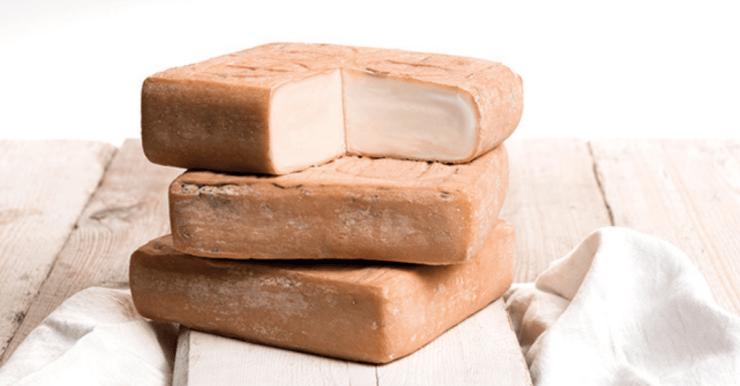
Premium Cheese Products in Malaysia: Trends and Innovations
Malaysia’s cheese scene is changing fast. Once dominated by processed and convenience cheeses, the market is now diversifying — driven by rising incomes, greater travel and dining-out culture, adventurous home cooks, and faster retail cold-chain improvements. Industry research predicts steady growth for the Malaysian cheese market as consumers trade up to specialty and value-added cheeses while demand for familiar processed products remains strong.
Artisanal and locally made cheeses are enjoying newfound attention. Small-batch cheesemakers and farmstead producers are appearing around Peninsular Malaysia and East Malaysia, offering fresh chèvre, semi-hard cheddars, washed-rind wheels and seasonal soft cheeses. These producers attract foodies through farmers’ markets, gourmet delis and social media, and they help create a local identity for cheese beyond imports. While still a niche by volume, artisanal cheese commands higher margins and plays well in specialist foodservice — from independent cafés to fine-dining restaurants.
Imported speciality cheeses remain central to the premium offer. Malaysia imports large volumes of processed and speciality cheeses from Europe, Oceania and the Americas; these imports supply retail, HORECA (hotels, restaurants, cafés) and food manufacturers that rely on consistent quality and established brands. Imported Brie, Parmigiano-Reggiano, Comté and blue cheeses are staples on cheeseboards, while segmented demand for Italian-style hard cheeses and Alpine varieties has grown among consumers seeking authentic flavours. Trade and import statistics underline how critical foreign supply still is for the premium segment.
Health, provenance and functional claims are shaping purchase choices. Malaysian shoppers — particularly younger, urban consumers — are more label-literate and look for low-lactose, high-protein or artisan-certified options. Interest in provenance, animal welfare and traceability is increasing, which benefits brands that can communicate farm origin, production method and ageing practices. At the same time, processed cheese retains appeal for cost-sensitive and food-manufacturing buyers, so the market is stratified: premium, artisanal and value tiers coexist.
Plant-based and novel dairy alternatives are a rapidly developing front. Regional and global investments in plant-based dairy have accelerated product availability in Malaysia — nut, oat and coconut-based cheeses now appear alongside traditional dairy on supermarket shelves. Beyond plant milks, cutting-edge technologies such as precision fermentation (making real milk proteins without cows) are maturing internationally and could reshape premium offerings within a few years — delivering dairy-identical textures and flavours with lower environmental footprints. For Malaysian retailers and brands, these innovations open opportunities to serve lactose-intolerant or sustainability-minded consumers while expanding the premium portfolio.
Innovation in formats and flavours keeps premium cheese interesting. Expect creative mashups: locally inspired cheeses infused with pandan, gula Melaka (palm sugar) glazes, or chilli-and-lime marinated blocks for fusion snacks. Ready-to-use grated blends for pasta and pizza, single-serve premium snack packs for convenience stores, and chef-grade portioning for restaurant kitchens are additional product innovations responding to changing consumption habits. Packaging advances — improved MAP (modified atmosphere packaging) and vacuum-seal formats — help extend shelf life without compromising quality, enabling wider distribution across Malaysia’s tropical climate.
Opportunities and challenges for producers and retailers
Producers entering the premium segment must balance quality with scale and regulatory compliance. Establishing reliable milk supply chains, investing in HACCP/food-safety systems, and navigating halal certification (where relevant) are essential for market acceptance. Retailers and foodservice operators must also invest in cold-chain logistics and staff training to handle specialty cheeses correctly, preventing quality loss and developing consumer trust.
Marketing and education as growth levers
A big part of the premium cheese story in Malaysia is education: guided tastings, pairing events (cheese with local tea or tropical fruits), cooking demonstrations, and chef collaborations help demystify speciality cheeses and encourage trial. Brands that tell a clear story about origin, makers and tasting notes tend to win repeat customers — and social media content and influencer partnerships accelerate that learning curve.
Conclusion
Malaysia’s premium cheese landscape is maturing: imports and established brands provide the backbone, while artisanal producers and new-technology entrants broaden choices and define trends. Health, provenance and sustainability will influence which premium lines succeed, and innovations in plant-based and precision-fermented dairy present both a challenge and an opportunity. For retailers, restaurateurs and producers, the sweet spot lies in combining authentic quality, clear storytelling and logistics that protect fragile products in the Malaysian climate — a formula that can turn curious first-time buyers into loyal aficionados.